When the 1992 Olympic Games was approaching, six cities bid to be the hosts. Amsterdam was one of them, with a new Olympic Stadium proposed that would have both a football field and an athletics track, the aim being to build it in the Strandvliet area of the city. In the end, Barcelona won the bid and the plans for the new stadium were shelved.
A few years later, however, Ajax were looking for a new stadium and the creation of the Stichting Amsterdam Sportstad, or Amsterdam Sports City Foundation, saw plans a new sports stadium being put forward.
The combination of these two things saw new designs based on those that had been put together for the Olympic Stadium created, with Ajax’s plan to make it much more relevant to football fans. The new stadium was built between 1993 and 1996, costing €140 million and becoming the largest stadium in the country.
Originally known as the Amsterdam Arena, it was renamed in honour of Johan Cruyff, one of the best players ever to play the game, ahead of the 2018-2019 season. It is now nearly 30 years since the stadium opened its doors for the first time. This is its story.
The Origins of the Stadium
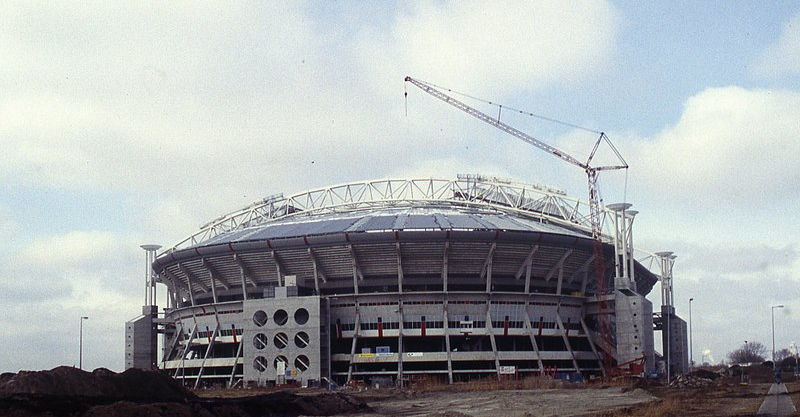
There were six cities that wanted to host the 1992 Summer Olympics, with Amsterdam, Belgrade, Birmingham, Brisbane, Paris and Barcelona all vying for the opportunity to do so. A new stadium was designed for Amsterdam as part of the bidding process, with a football pitch and an athletic track part of the plan.
When it was confirmed that Barcelona had won the bid, the plans were shelved and it looked as though the city wouldn’t be getting a new stadium after all. One of the organisations most disappointed by that was Ajax Football Club, who were desperately in need of one.
The club had been playing its home games at De Meer, which was far too small for the majority of Ajax’s games. As long back as the 1960s, most of the club’s most important games had been taking place at the Olympisch Stadion, which followed on from all of their European games taking place there since the 1920s.
The Stichting Amsterdam Sportstad had changed the design of the planned Olympic Stadium to make it an all-seated venue with a capacity of 55,000, then in 1990 a new design with both the football field and athletic track but with a roof was released.
✅ Arsenal won and celebrated the win in the Johan Cruijff Arena
✅ Havertz scoring the winning ‘open play’ goal
✅ Seeing Jorrel Hato score his first senior goal live
✅ Watching Akpom score twice on his first start with AjaxPerfect day!#afc #ajavit pic.twitter.com/DOhcVZlDYz
— AFCMaddox🇳🇱 (@Gunner_Things) November 26, 2023
As Ajax began to look for a new stadium, the design was altered again in order to remove the running track and limit the capacity to 50,000. The fixed rood was also replaced by a retractable one, with the plan being approved by the Government of Amsterdam in 1992, adding in a Transferium, allowing people to transfer from their cars onto numerous public transport options.
A year later and the Government changed the planned location, giving permission to built the venue. The deep foundation’s first pile was placed on the 26th of November 1993, with the building work taking three years.
The Stadium Opens
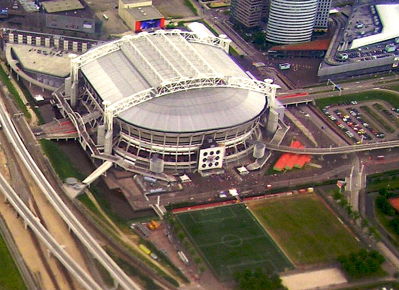
During the period of construction, more than 180,000 people turned up to see what was going on, with visitors continuing to turn up until the stadium was closed on the first of July 1996. It remained closed until it was official opened by Queen Beatrix on the 14th of August 1996. As part of the opening ceremony, an eight-day torch relay took place, seeing 375 runners take on the 1,400 kilometre run across the Netherlands.
The first runner was Johan Cruyff, with the last being Frank Rijkaard. After the grass was shown and the roof opened, Ajax and Milan played the inaugural match on it.
Ajax lost the game 3-0, which obviously wasn’t ideal, but an insight into the future of the venue was shown when Tina Turner played three concerts as part of her Wildest Dreams Tour in front of 160,000 people. Having cost the equivalent of €140 million, with the only major problem being the pitch.
The retractable roof put too much shade on the pitch, meaning that the turf’s grass struggled the grow. As a result, the turf itself had to be replaced as many as four times a year, causing issues with the players and consistency of playing surface, which remained the case until a hybrid pitch was installed.
Renovation
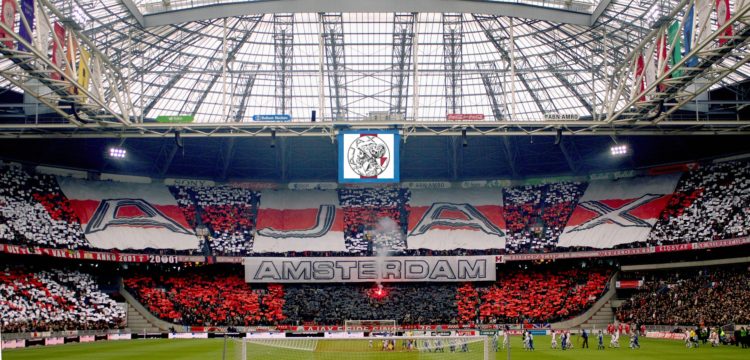
In 2015, a decision was taken to renovate the outside of the stadium, with appropriate plans submitted in the September. The idea was that the renovation would provide better service to visitors, widening the walkway rings that surrounded the stadium and offering more room and improved facilities.
The change was dramatic, moving from being a concave shape on the outside of the stadium to a convex one. In spite of the changes being put forward in the September of 2015, work didn’t begin on the renovations until the June of 2017, beginning with the east side.
Construction of the new facade was completed on the east side by April 2018, with more needed to happen in the years that followed. The Netherlands were due to host matches as part of the European Championship of 2020, which took place across Europe. The work was completed before the tournament got underway, allowing for four matches to be hosted at the new-look stadium.
The first was the Netherlands’ group game against Ukraine, with their second group game coming next and their final group game being the third. The last game hosted there was Wales’ 4-0 loss to Denmark in the round of 16.
Becoming the Johan Cruijff ArenA
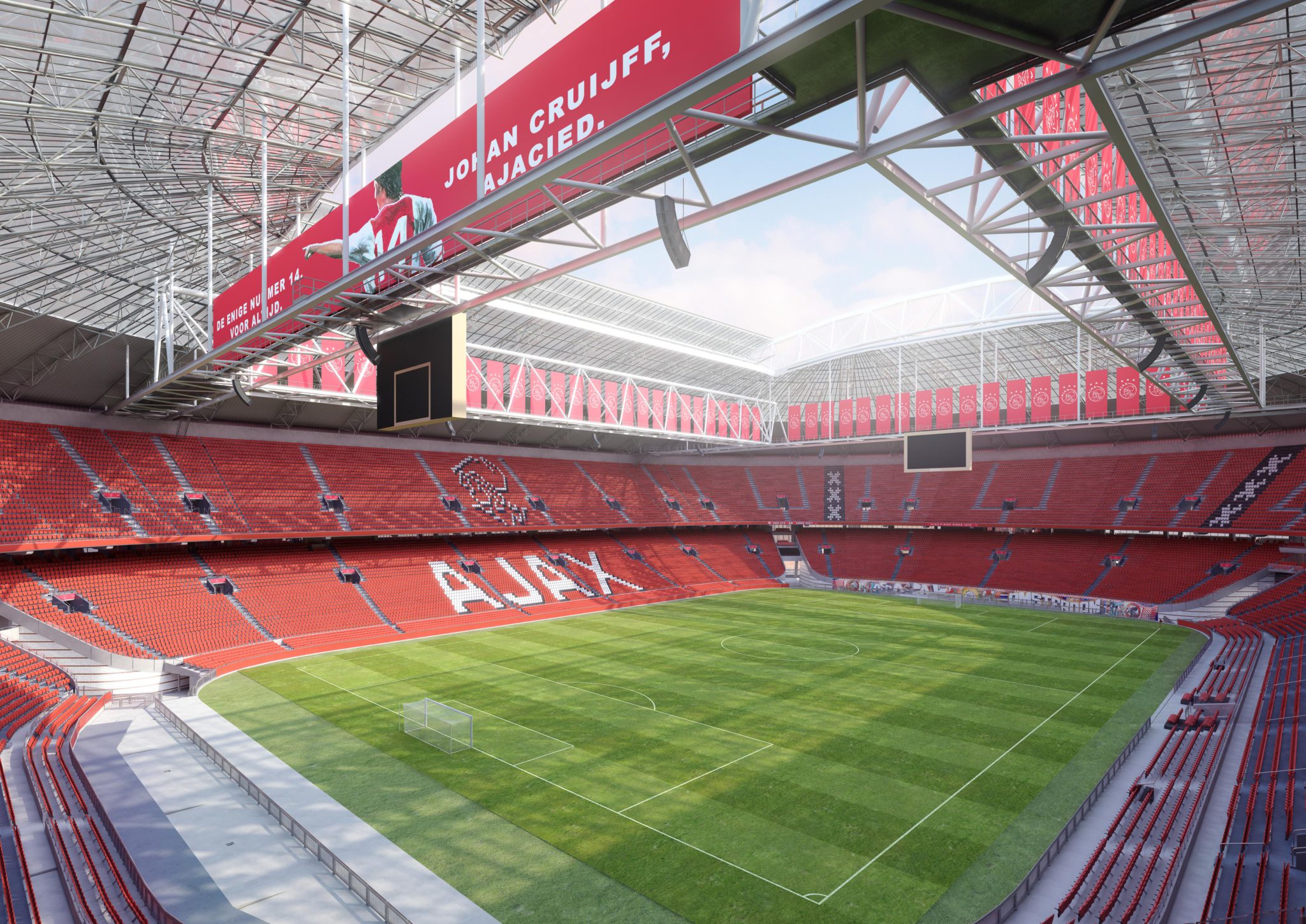
On the 25th of April 2017, Ajax announced that it would be changing the name of the venue. Having been the Amsterdam Arena since it opened, it was felt that it would be a suitable tribute to one of the club’s best ever players to re-name it as the Johan Cruijff Arena.
On the ninth of August, it was confirmed that the name change would take place on the 25th of October, but it was postponed when it became clear that there were too many issues that needed to be settled first. As a result, it took until the fifth of April 2018 for the official name-change to be confirmed.
It would be in place, the club said, for the start of the 2018-2019 campaign. The new logo for the stadium was released on the 25th of April, which was Johan Cruyff’s birthday. A spokesperson for the Cruyff family said that the name ‘Cruijff’ was chosen in order to stay close to Johan’s Dutch origins, given that it was the original Dutch spelling of the name.
The new football season began in the August of 2018, with teams playing their away games against Ajax at the Johan Cruijff ArenA. That remains the venue’s official name, though most call it the Johan Cruyff Arena.
Other Uses
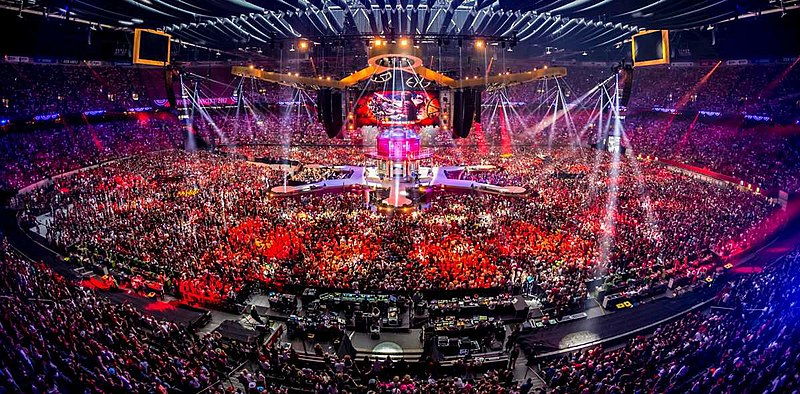
The stadium will obviously always be best-known as a football ground, which is helped by it being named after one of the best players to ever grace the game. It would be untrue to suggest that it’s never been used as anything else, however.
There is a metro station close to the ground, the Amsterdam Bijlmer Arena, which is served by lines 50 and 54. That allows for a large influx of people, which means that the stadium, which is one of just two rated as Category 4 by UEFA that are present in the country alongside the Feijenoord Stadion in Rotterdam, can host major concerts.
That Tina Turner was one of the first big events hosted by the venue was perhaps something of a sign of what was to come. There have been other big names that have appeared at the stadium over the years.
The likes of Michael Jackson, Celine Dion, The Rolling Stones and David Bowie have all performed there, as have Bon Jovi, U2 and the Backstreet Boys. Whether it be Ed Sheeran, Taylor Swift or One Direction, there is barely a well-known musical act that hasn’t performed at the stadium at some point. Dutch group De Toppers have performed there every year since 2005.
Burna Boy is set to become the first ever African artist in history of mankind to hold a concert at the 55,000 capacity AFC Ajax’s Johan Cruyff Arena in The Netherlands on the 9th of June, 2024! 🏟️🦍 pic.twitter.com/HP7zjCwC84
— benny. (@benny7gg) November 23, 2023
There are also other sports that have taken place at the Johan Cruijff ArenA over the years. Kickboxing, for example, is a popular sport in the Netherlands and both K-1 and It’s Showtime have seen productions of fight cards held in the stadium.
The sport’s biggest stars, such as Semmy Schilt, Ernesto Hoost and Peter Aerts have all held fights there too. For the National Football League, there has long been a desire to see the sport find an audience outside of the United States of America, hosting matches at the likes of Wembley Stadium and the Tottenham Hotspur Stadium.
It is with that in mind that the Johan Cruijff ArenA has been used to host some NFL matches. For a period of time between 1997 and 2007, for example, the Amsterdam Admirals played their NFL Europe matches at the venue. It was also used for the World Bowl XI in 2001, which saw Berlin Thunder enjoy a win over the Barcelona Dragons at the stadium.
When the NFL decided to end its European competition in 2007, the Amsterdam Admirals ended their association with the ground and stopped operating altogether, which was a shame for American football fans based in Europe.
Football Other Than Ajax
The quality of the stadium that used to be known as the Amsterdam Arena is such that it was always likely to be used for more than just the club’s own matches. When UEFA were looking for a venue for the 1998 Champions League final, for example, the newly built stadium seemed like the perfect option.
As a result, the game between Real Madrid and Juventus, which Real Madrid won 1-0, was hosted by the venue. It was also where the Europa League final between Chelsea and Benfica was held 17 years later, with the London club emerging as 2-1 winners.
The Netherlands’ international fixtures are often hosted at the Johan Cruijff ArenA, largely because the Dutch side doesn’t have a dedicated home for internationals in the same way that England has Wembley Stadium, say.
That is why it was used for five of the matches that were played in the European Championship of 2000, which was held jointly by Belgium and the Netherlands. The first game saw the Netherlands win 1-0 against the Czech Republic, then the next saw Spain defeat Slovenia 2-1. France lost 3-2 to the Netherlands there in the final group game.
It was also used for some of the knockout matches of the tournament. Turkey lost 2-0 to Portugal in their quarter-final game, with the Netherlands then returning for a semi-final game against Italy.
The match ended 0-0 after normal time, meaning that extra-time was required. When that also ended goalless, it needed to be decided by a penalty shootout. In spite of the home advantage, though, the Dutch just couldn’t do enough and Italy won the penalty shootout 3-1. It took them into the final where they faced France, losing 2-1 after extra time when the French scored a Golden Goal.
Has it Been Good For Ajax?
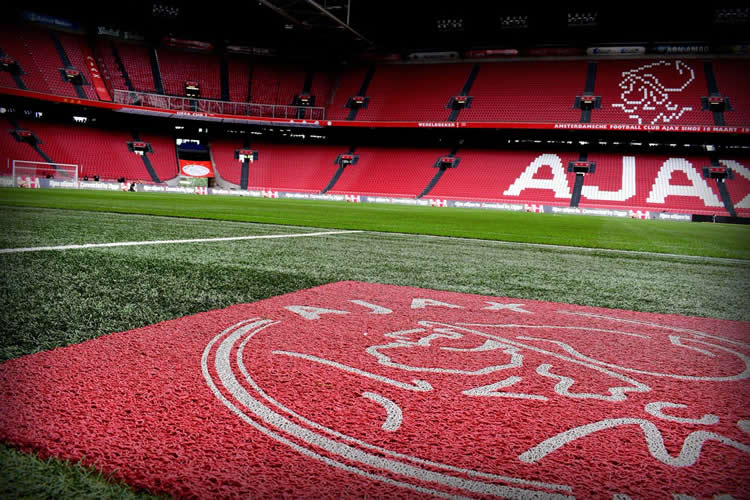
The big question with any new stadium, although it can hardly be referred to as new nearly 30 years later, is whether or not it has been good for the team that moved into it. In that sense, there is little question that Ajax have been less successful at the stadium than in their previous venues. Here is a list of the silverware that they won before the move to the then-Amsterdam Arena in 1996:
- Erevivisie (or equivalent) titles: 26
- KNVB Cups: 12
- European Cups: 4
- UEFA Cups: 1
- European Cup Winners’ Cup: 1
Here, on the other hand, is a list of trophies won after 1996:
- Erevivisie (or equivalent) titles: 10
- KNVB Cups: 8
- European Cups: 0
- UEFA Cups: 0
- European Cup Winners’ Cup: 0
On a domestic front, it is fair to say that Ajax have been almost as successful at the Johan Cruijff ArenA as in the venues that they played their games in before the move. Whilst there were obviously more titles and KNVB Cups pre-1996, it was also a longer period of time when compared to how long the club has been at its current home.
It is on the European stage where there will be a sense of disappointment. Of course, the reality is that the game has got much harder now than when Johan Cruyff himself was playing his games for Ajax, so it is perhaps not all that surprising.